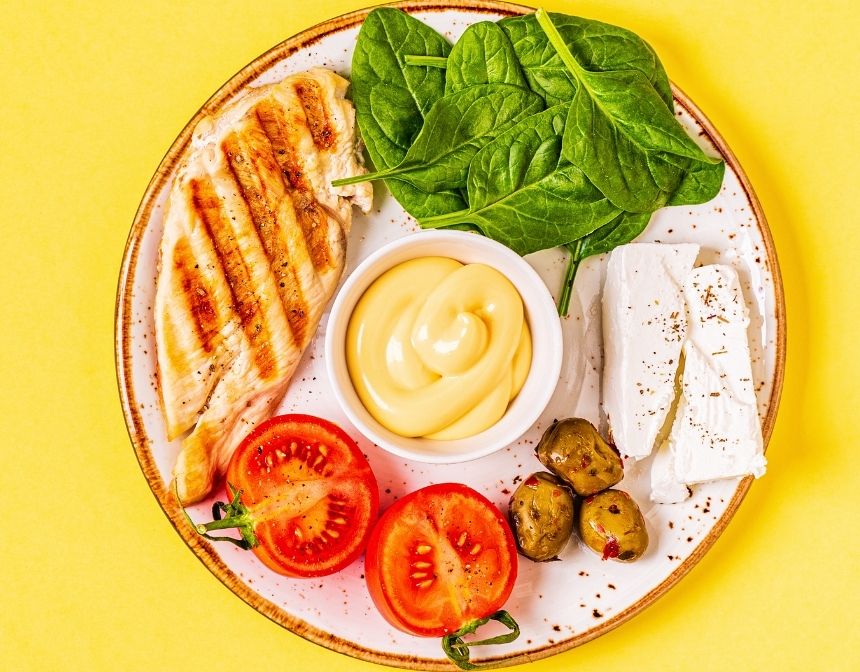The Rich History of Chicken Pot Pie
The comforting chicken pot pie has been a staple in many households for centuries. Its origins trace back to the Roman Empire, where a rudimentary recipe was first documented. However, the pot pie we recognize today has its roots deeply set in European and American traditions. Variations of this savory pie have been enjoyed across cultures, each bringing their unique touch to the dish.
Modern Variations and Twists
In contemporary kitchens, the classic chicken pot pie has undergone numerous delightful twists. One such popular rendition is the chicken pot pie with biscuits. Instead of a traditional pie crust, fluffy biscuits are baked right on top of the creamy filling, adding a delightful and different texture. On the other hand, for those who desire a bit of French flair, the chicken pot pie with puff pastry offers an elevated experience with its light, buttery layers. Not to be left behind, the crock pot chicken pot pie version is a game-changer for busy households. By leveraging slow-cooked flavors and minimizing hands-on time, it promises a fulfilling meal with less effort.
Choosing the Best Chicken Pot Pie Recipe for You
The journey to finding the best chicken pot pie recipe is a personal one, with each variation catering to different tastes and occasions. Whether you're a fan of the traditional pie crust, prefer the buttery layers of puff pastry, or love the simplicity of dropping biscuits onto your filling, there's a chicken pot pie out there waiting for you. The key is to experiment with different methods and ingredients until you find the one that warms not just your belly, but also your heart.
What Is Chicken Pot Pie Filling Made Of?
Chicken pot pie filling is made of a combination of cooked chicken and vegetables that are simmered in a creamy sauce. Here's a basic breakdown of the components:
Chicken: Typically, boneless, skinless chicken breasts or thighs are used. Some recipes might also utilize rotisserie chicken or leftover cooked chicken.
Vegetables: Commonly used vegetables include:
Some variations might also include mushrooms, corn, or other favorite vegetables.
Creamy Sauce: This is made by creating a roux with butter and flour to which chicken broth (or sometimes vegetable broth) is added. Milk or cream is then stirred in to give the filling its creamy consistency. Seasonings like salt, pepper, thyme, rosemary, or poultry seasoning can be added for flavor.
Herbs and Seasonings: These add depth and flavor to the filling. Common choices are salt, pepper, thyme, rosemary, poultry seasoning, and sometimes a bay leaf.
Others: Depending on the recipe, other ingredients like garlic, white wine, or specific herbs might be added to enhance the flavor of the filling.
Once combined and cooked together, this mixture becomes the savory, creamy filling that is then encased in a pie crust and baked to perfection.
What Is The Sauce Made Of In Chicken Pot Pie?
The sauce in a chicken pot pie is a creamy, savory blend that binds the chicken and vegetables together, giving the pie its characteristic rich texture. Here's how the sauce is typically made:
Roux: The foundation of the sauce is a roux, which is a mixture of fat (usually butter) and flour cooked together. The roux acts as a thickening agent for the sauce.
Liquids: After the roux is formed, liquids are added. Chicken broth (or stock) is the primary liquid, providing a deep flavor base. In addition to chicken broth, milk or heavy cream is often added to achieve a creamy texture. Some recipes might also incorporate a splash of white wine for added depth of flavor.
Seasonings: Essential seasonings include salt and pepper. Additionally, herbs such as thyme, rosemary, poultry seasoning, and sometimes bay leaves are added to enhance the flavor. Garlic and onions, sautéed beforehand, also contribute to the overall taste.
Simmering: Once all ingredients are combined, the mixture is simmered until it thickens into a creamy sauce. The chicken and vegetables are then added to this sauce, ensuring they are well-coated, before being poured into a pie crust for baking.
It's worth noting that while the above provides a general idea, there are numerous variations of chicken pot pie sauces, each with its own unique twist depending on the recipe or regional preferences.
Is Cold Chicken Pot Pie Good?
Whether cold chicken pot pie is considered "good" is subjective and depends on individual preferences. Here are some points to consider:
- Flavor: When chilled, the flavors in many dishes, including chicken pot pie, can become somewhat muted. As a result, a cold pot pie might not have the same depth of flavor as a hot one.
- Texture: The creamy filling of a chicken pot pie can become thicker and less velvety when cold. The crust, which is typically flaky and tender when fresh from the oven, may also take on a firmer, less crisp texture.
- Convenience: Cold chicken pot pie can be a convenient, quick snack or meal, especially if you're on the go or don't have access to heating facilities.
- Safety: If you're considering eating leftover chicken pot pie cold, ensure it was stored properly. It should have been refrigerated within two hours of cooking and consumed within 3-4 days for safety.
- Cultural Preferences: In some cultures, it's common to enjoy savory pies both hot and cold. For instance, British meat pies or pasties are often eaten cold as a convenient lunch or snack.
If you've never tried cold chicken pot pie and are curious, give it a go. If you find it's not to your liking, you can always reheat it.
What Nationality Is Chicken Pot Pie?
Chicken pot pie is believed to have its origins in ancient Greece and Rome. However, its modern version is typically associated with British and American cuisine.
Ancient Origins: The concept of a savory pie, filled with meat and encased in a pastry crust, can be traced back to ancient times. Both the Greeks and Romans had recipes for meat-filled pies. The Romans, in particular, were known to encase various meats, oysters, mussels, and fish in a basic pastry made from flour and oil.
British Influence: The British have a long-standing tradition of meat pies, and they likely played a significant role in the evolution of the pot pie. In the Middle Ages, these pies were often called "coffins" or "coffyns," which referred to the pastry crust that held the filling, not necessarily the modern connotation of the word.
American Adaptation: The pot pie became popular in the United States in the 19th century, especially in Pennsylvania Dutch country. The American version, particularly the chicken pot pie, became a staple, with variations emerging that used different meats and vegetables.
So, while the basic concept of a meat-filled pastry has ancient origins, the chicken pot pie as we know it today is largely a product of British and American culinary traditions.











































